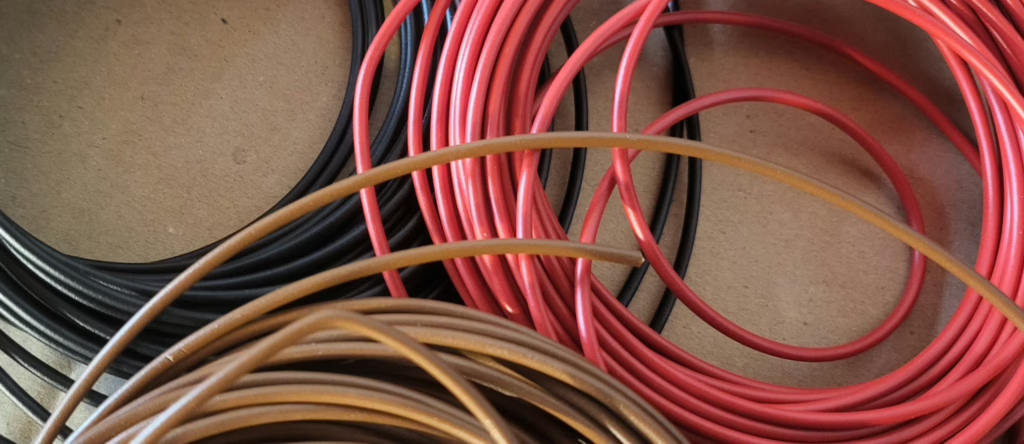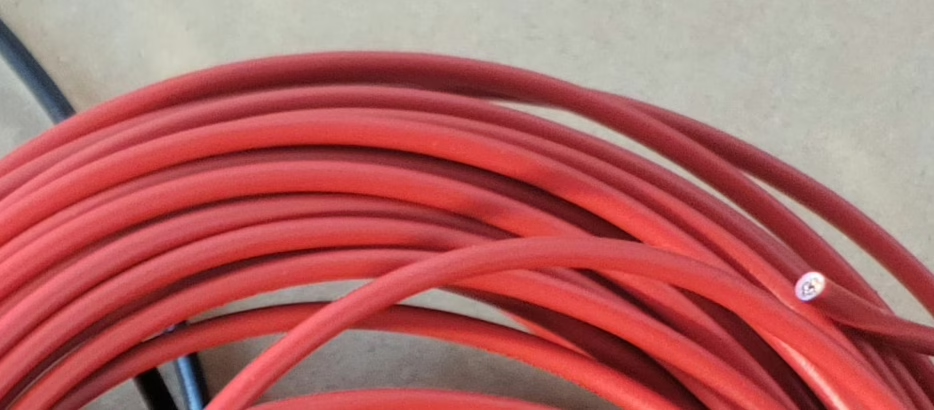Safe handling of vehicle electrics
-
25. April 2025
The electrical systems in cars are becoming increasingly complex, especially with the modern 12V and 48V systems that are being installed in more and more vehicles. It is therefore crucial to familiarize yourself with the basics of vehicle electrics in order to avoid errors and ensure safety. In this article, we look at important aspects that you should be aware of when dealing with vehicle electrics. Especially when retrofitting and working on 12V and 48V systems.
1. difference between 12V, 48V and high-voltage systems in vehicle electrics
In most vehicles, especially older models, you will find a 12V system that is responsible for the basic power supply. These systems are relatively easy to use, but it is important to ensure that the wiring is correctly routed and adequately fused.
The 48V system is increasingly used in modern vehicles to provide additional energy for components such as electric drives, air conditioning systems or steering systems. It is more powerful than the 12V system and often requires more specialized components such as thicker cables and stronger fuses. Special care should be taken when handling such systems, as higher voltages can also pose a greater risk of electrical faults and accidents.
High-voltage systems (mostly in hybrid and electric vehicles) work with voltages of 200V to 800V, which makes working with them much riskier. It is absolutely essential to obtain precise information beforehand and not to make any modifications yourself. If in doubt, a specialist should always be consulted in order to avoid accidents.
2. the importance of fuses for retrofitting
Fuses are one of the most important safety precautions in any electrical system, especially when retrofitting. They protect the wiring from overloading and prevent possible damage caused by short circuits. A basic rule states: Every new power supply line should be fitted with a fuse after 10 cm at the latest, as a long unsecured cable poses a high risk of a vehicle fire if it chafes and causes a short circuit to earth.
It is also important that you select the correct fuse size that matches the respective device and cable cross-section. When retrofitting additional devices such as headlights, loudspeakers or chargers, you should ensure that the fuse does not exceed the maximum current rating of your system.
3. what you should consider when wiring
The wiring is the key to a functioning and safe electrical system in the car. Here are some tips that you should consider when laying cables in the vehicle:
Select cable cross-section: Make sure that the cable cross-section matches the requirements of the appliance and the current. Cables that are too thin can overheat and cause a fire hazard.
Scuff protection: Cables that are routed along moving or sharp edges must be protected with a Abrasion protection to prevent wear or chafing. This should be strictly observed, especially in areas with rotating parts (such as the engine compartment or door area).
Fix the cabling: To avoid unnecessary movement and chafing, cables should always be properly secured. Cable ties or special cable clips help to keep the cables in position.
Insulation and sealing: Ensure that all cable connections are well insulated and protected from moisture. Moisture can damage the cables and lead to short circuits.
4. caution with rotating parts
Rotating parts such as the motor, drive shafts or fans are particularly dangerous in the vicinity of cables. They can chafe cables, which can lead to short circuits and fires. Make sure that all cables are routed in areas where there is no risk of them coming into contact with these moving parts.
5. important safety instructions for vehicle electrics
Observe safety distances: Avoid laying cables directly next to hot or moving parts. The engine compartment is a particularly dangerous area. Use heat-resistant insulating tape if cables have to be laid close to the engine.
Working under voltage: Avoid working on electrical systems if you are not sure that the circuit is de-energized. Although it is safer to work on 12V systems than on high-voltage systems, the battery should always be disconnected first to prevent short circuits.

6. conclusion
The safe handling of vehicle electrics is essential to ensure the safety of both your vehicle and yourself. Make sure you choose the right cable cross-section, secure your cables with suitable fuses and ensure that you always lay and protect cables properly. Especially when retrofitting additional electrical components, you should always make sure you have the right fuse protection and choose the right material.
Remember that vehicles with 48V systems are already more dangerous than conventional 12V systems. And with High-voltage systems you should definitely keep your hands off it if you have no specialist knowledge.
However, with the right precautions, you can work on your vehicle's electrics safely and without any problems - and your vehicle will drive reliably and safely!

